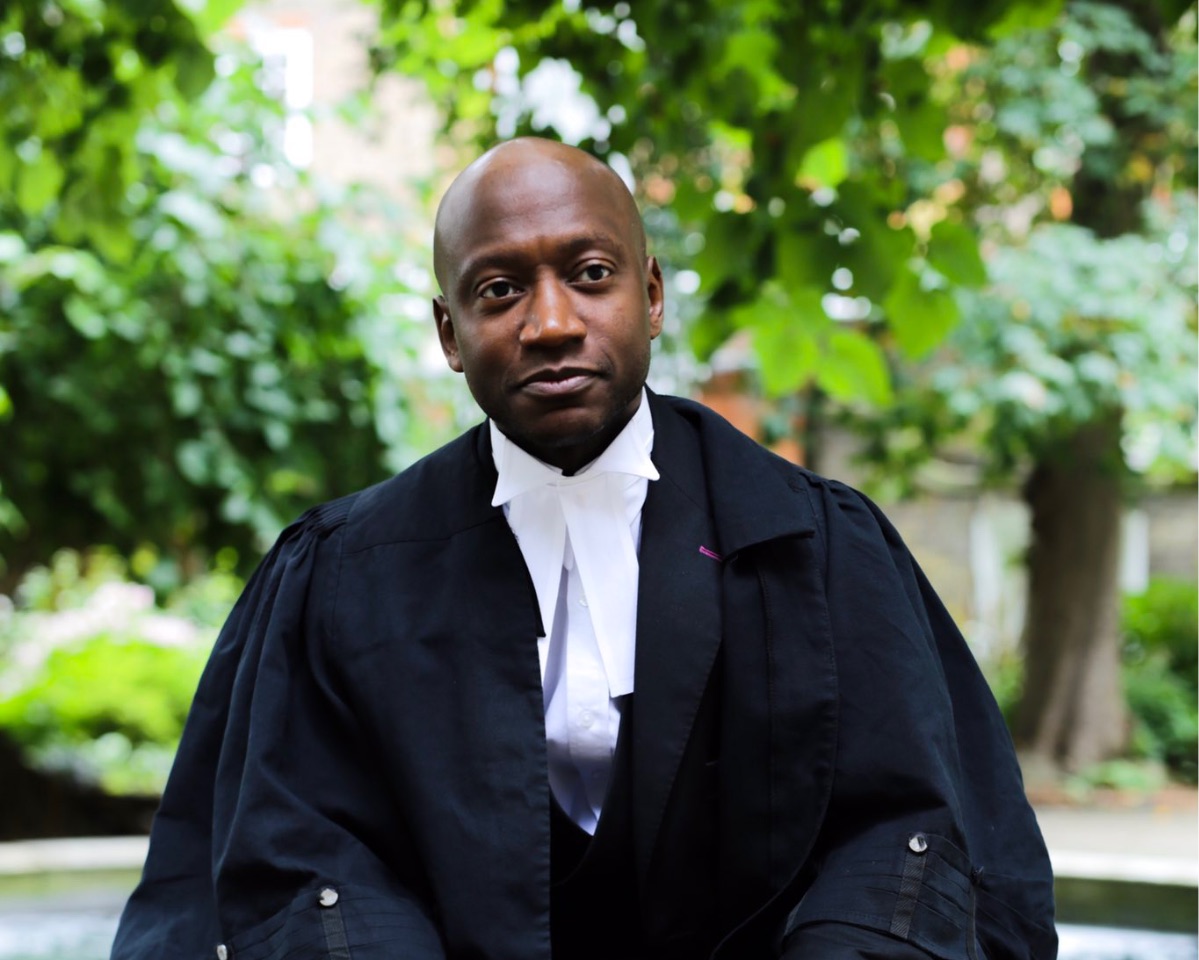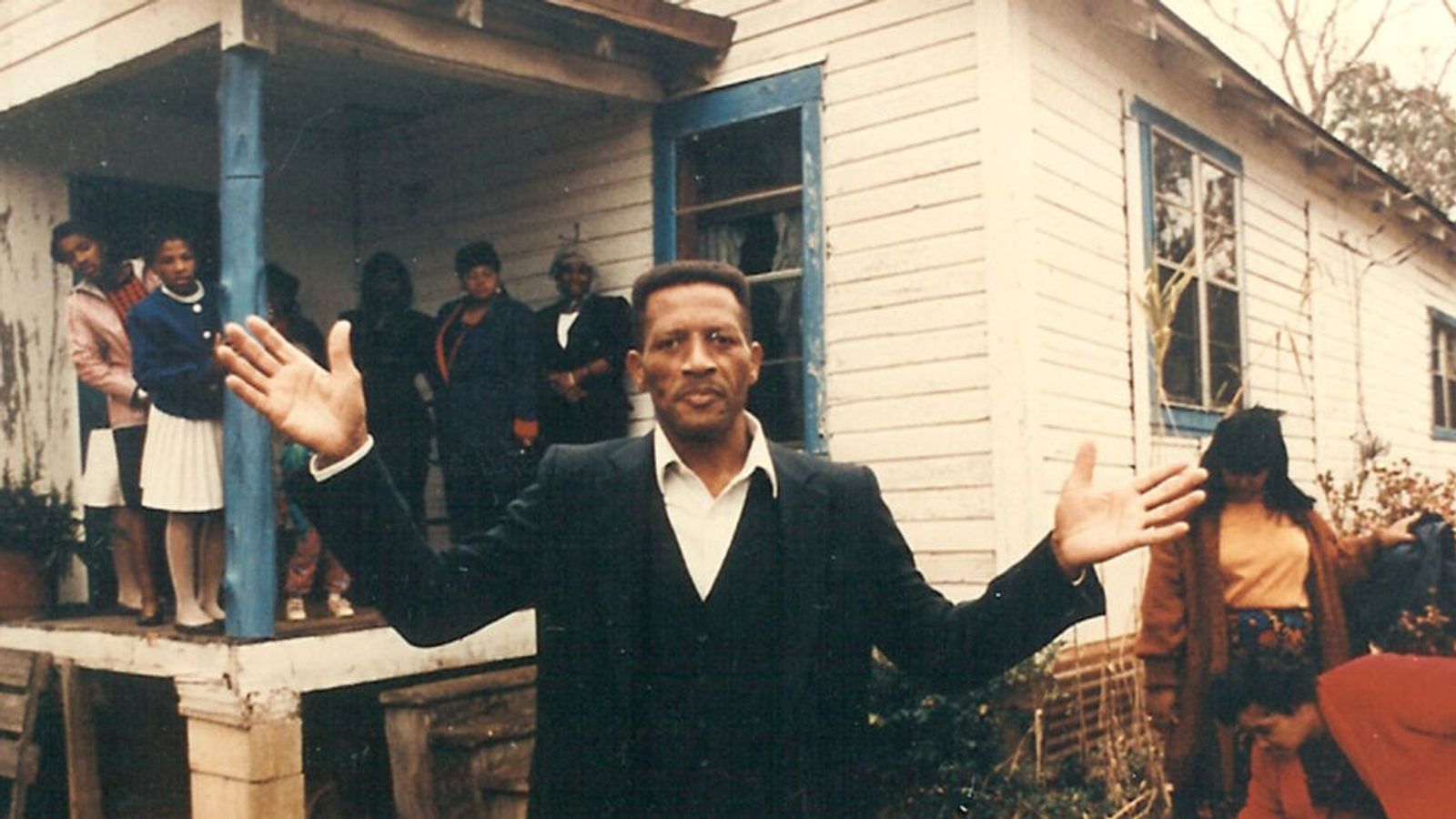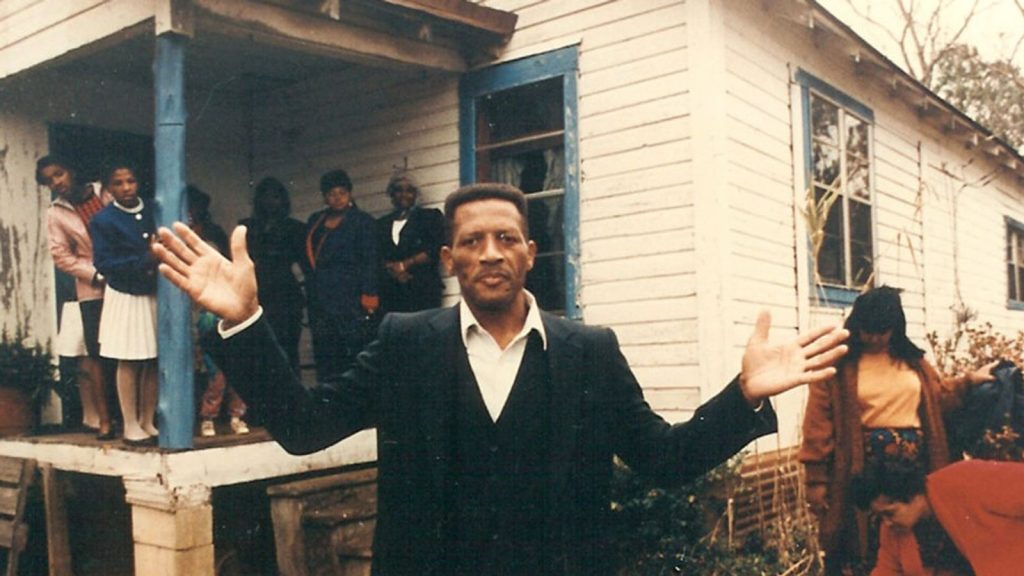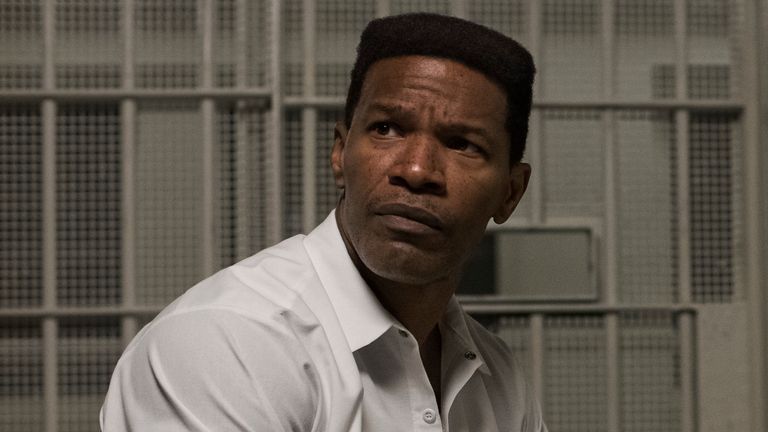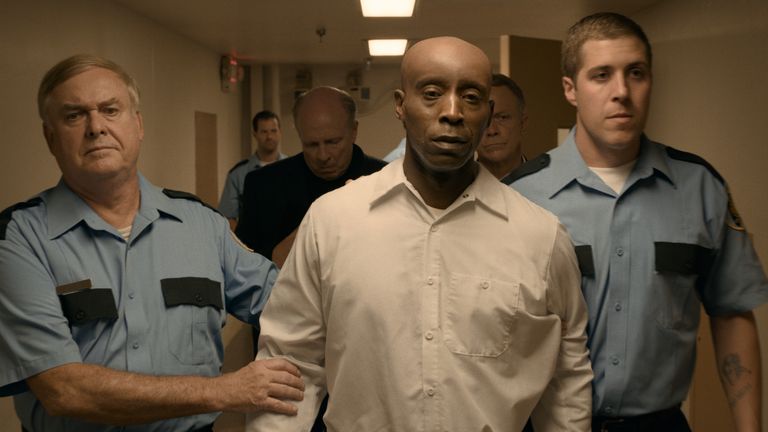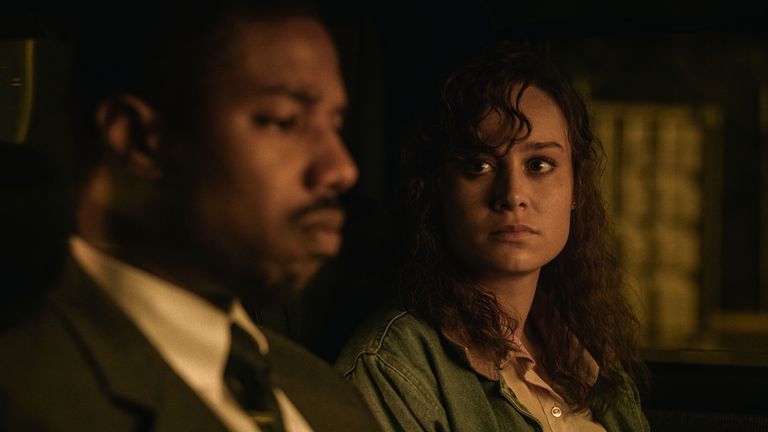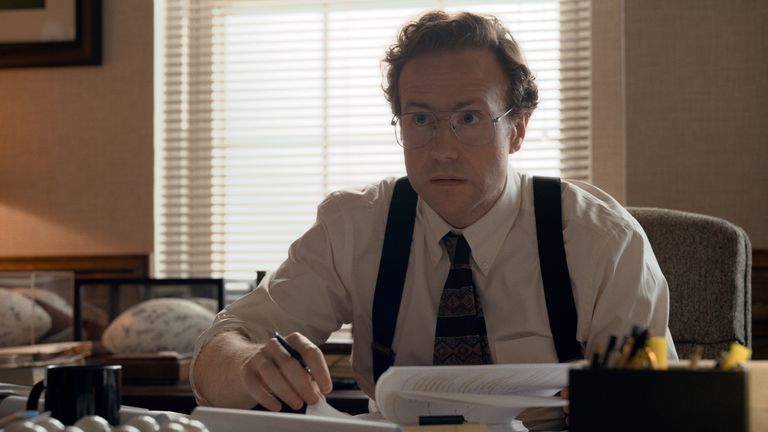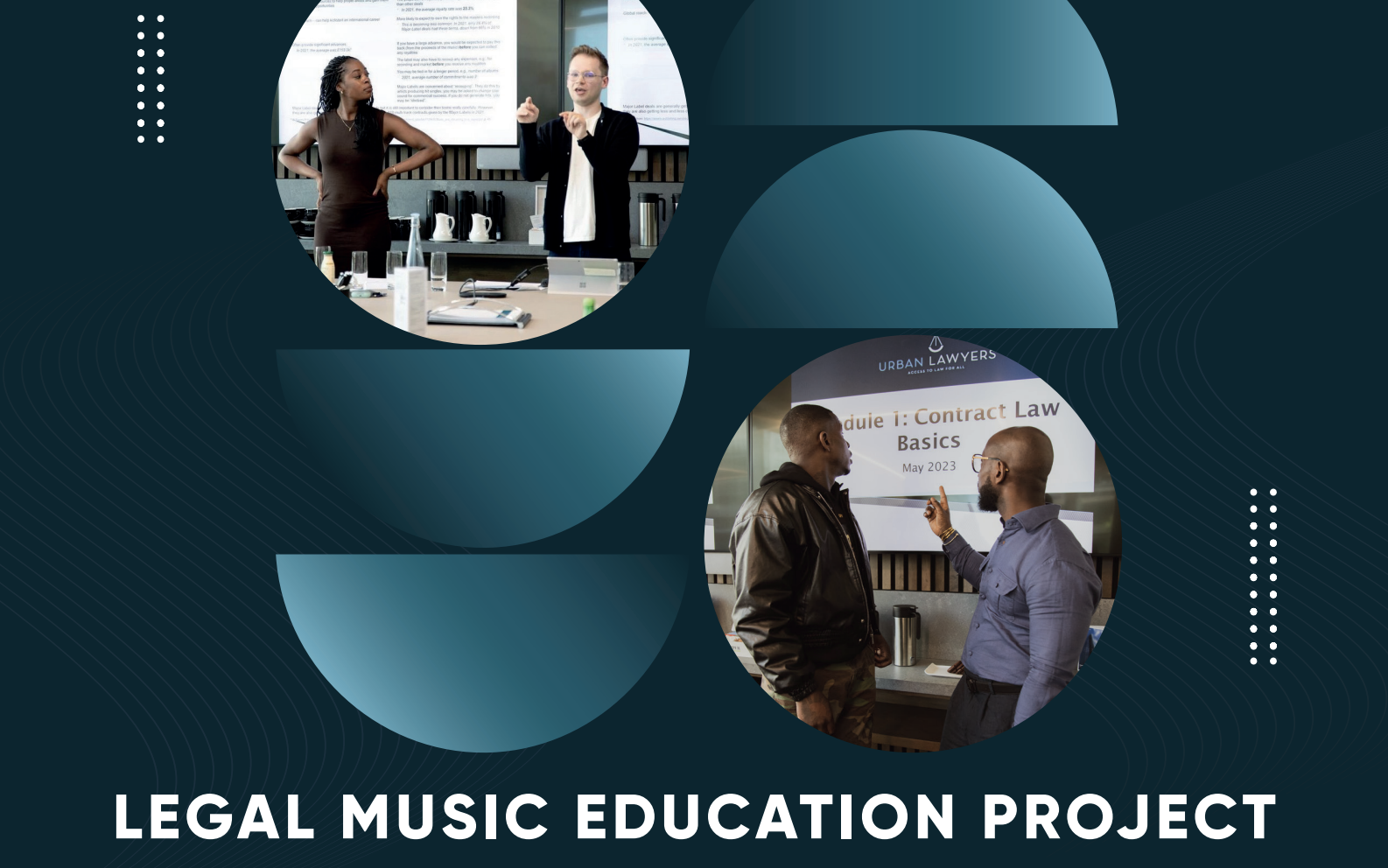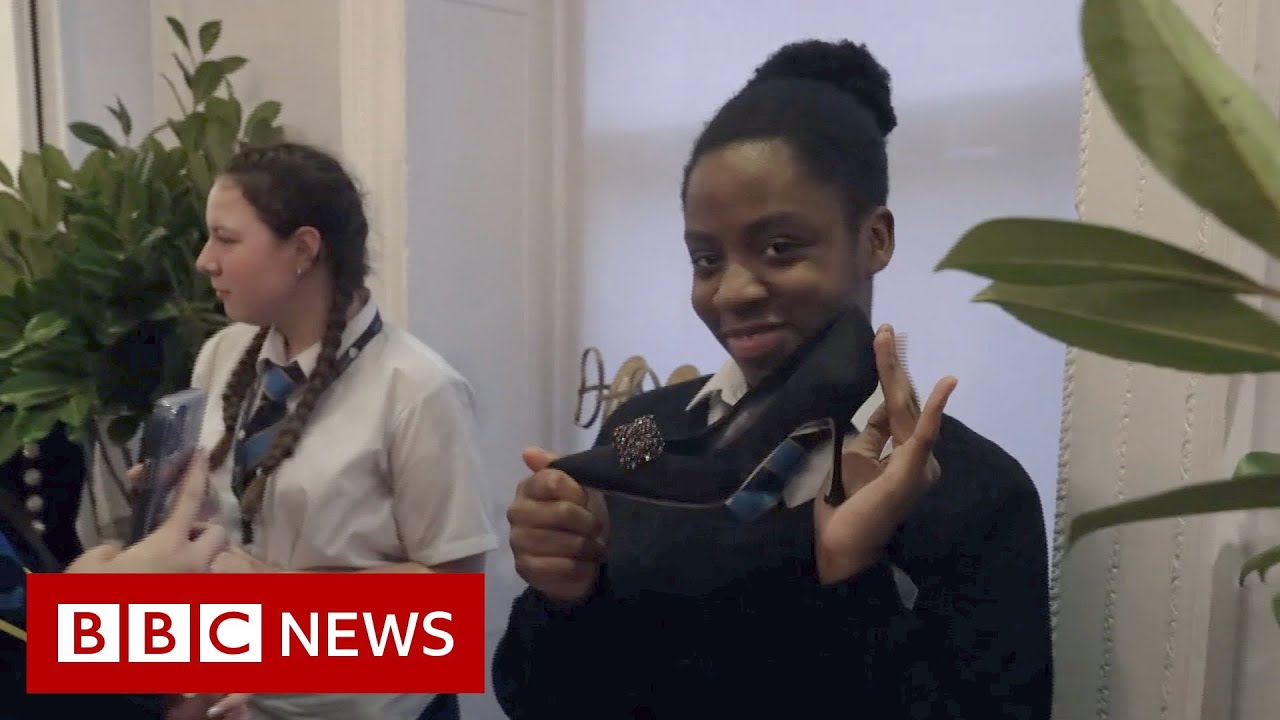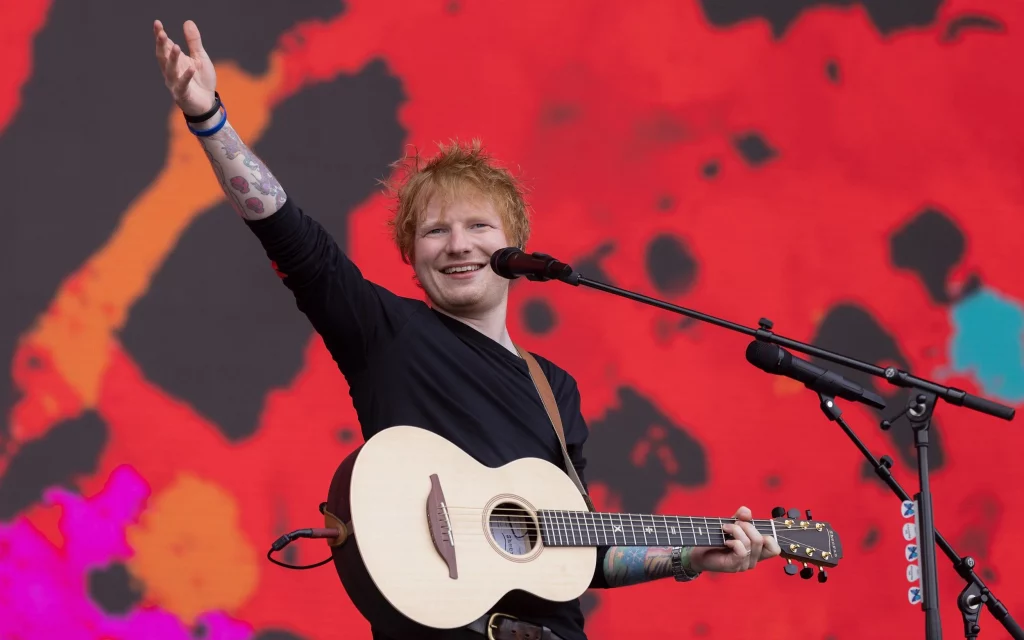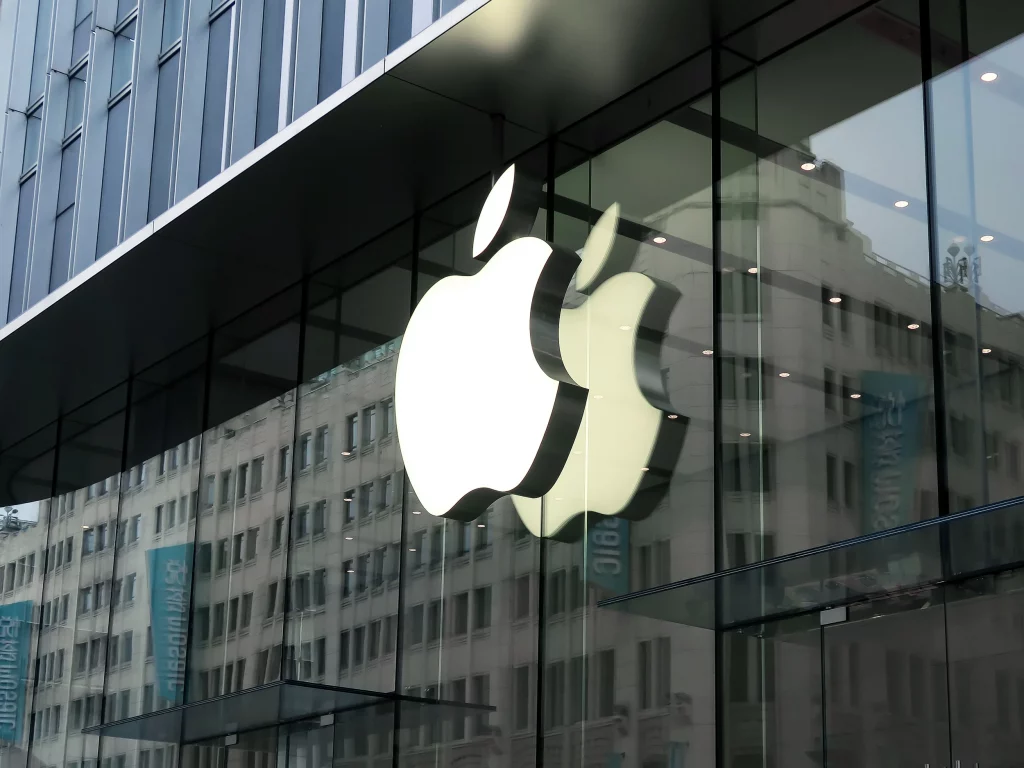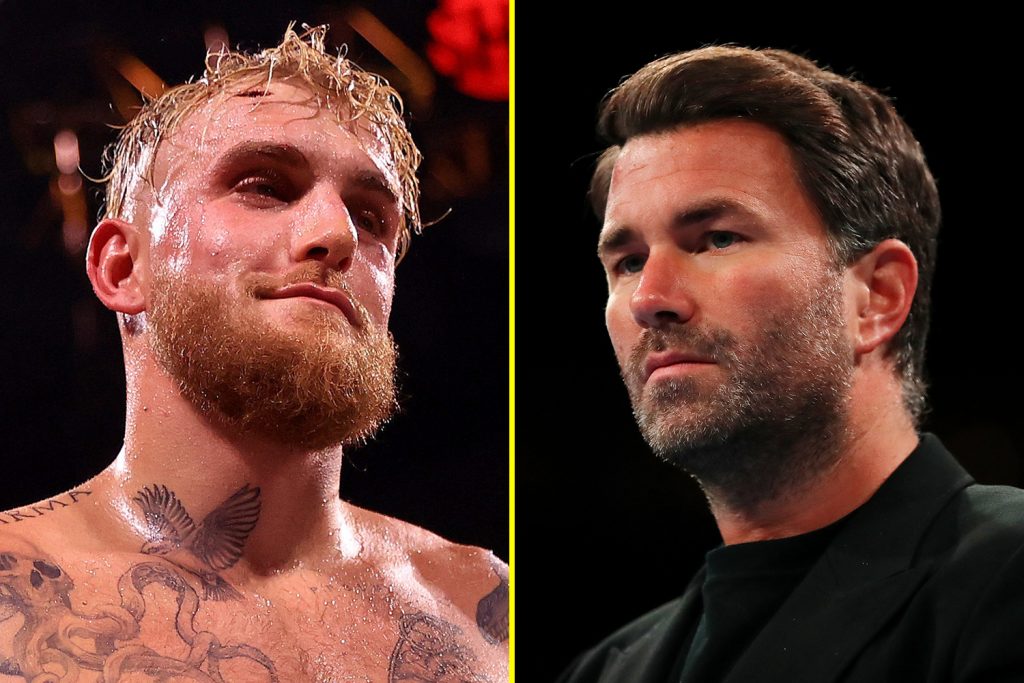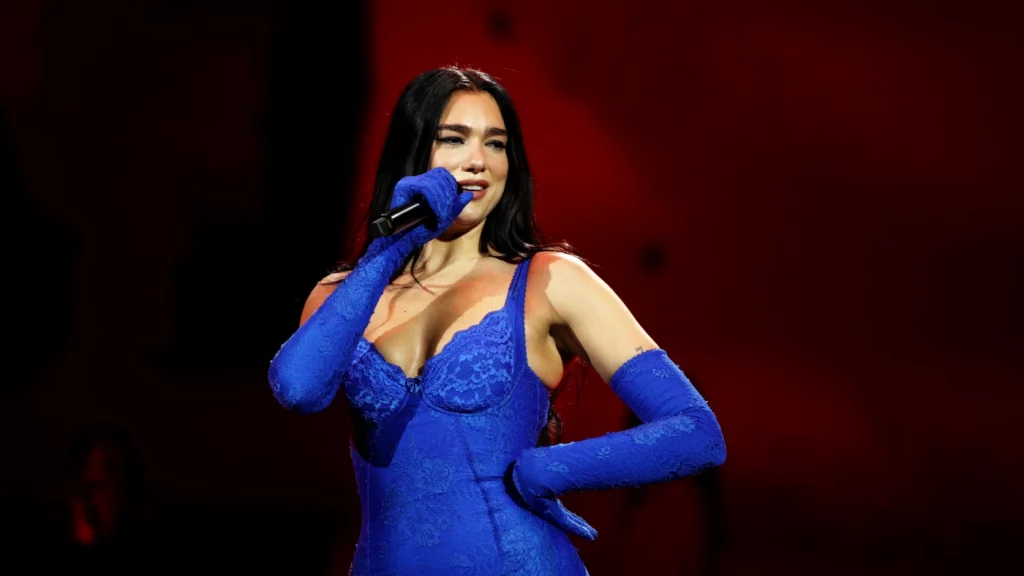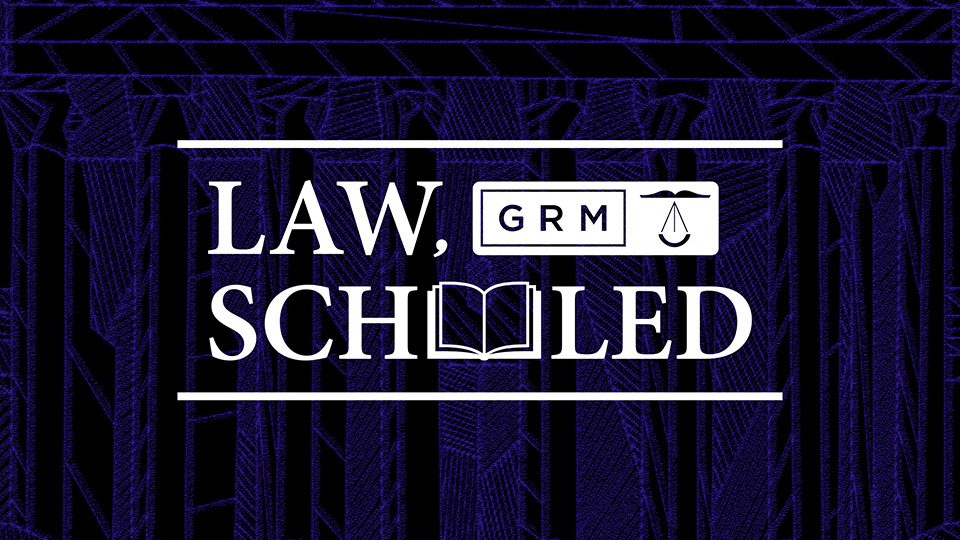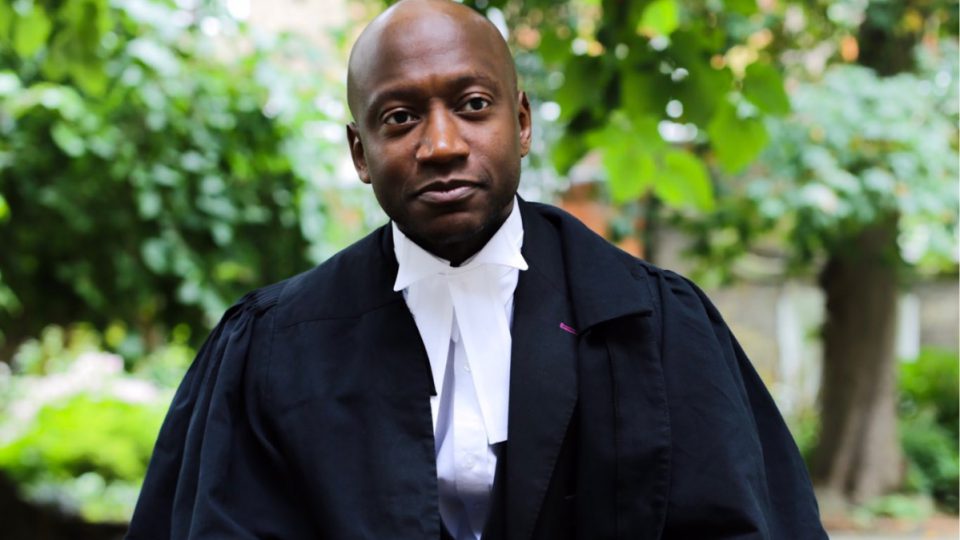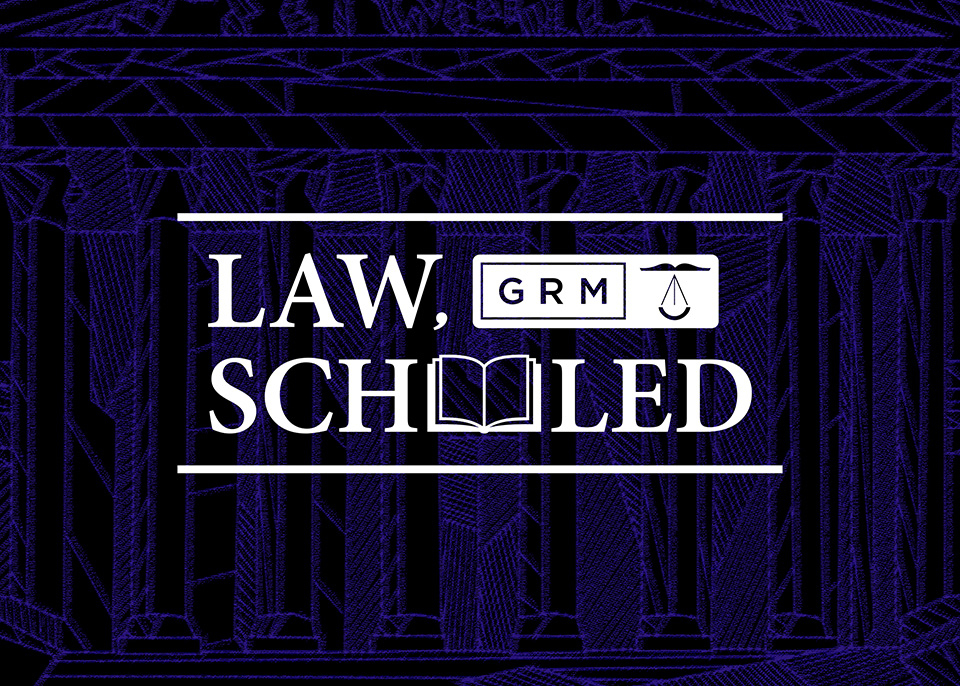
Written By: Sharon Ayi
Award season is officially underway for the entertainment industry, with January having marked the announcement of nominations across the TV and film landscape. The annual red-carpet rollout from February to April for various events kicks off with the Grammy Awards presented by The Recording Academy, which sets the tone for subsequent ceremonies. Following this is the film industry’s Guild Award luncheons and the all-important BAFTA Film and Academy Awards (Oscars) ceremonies. This year proves to be no different and as the clapperboards are put to rest and the focus is turned to fine cut tuxedos and beautiful gowns, it is only right we delve into the some of the magic behind the silver screen and the world of biographical film.
Biographical films have long been of interest to avid movie-goers and the general viewing public for many decades. Whilst many of us would agree that the general notion or perception around ‘celebrity’ has changed over the years, the inquisitive nature into the lives and backgrounds of prominent figures on our screens and their presence in media continues to be a source of great interest and Captivating subject for many.
Paramount Pictures’ UK cinematic release of Bob Marley: One Love hit the theatre screens last week and films such as Rustin, Maestro & Oppenheimer with lead protagonists are steadily paving the way with nominations for the 2024 awards circuit. This is not a coincidence for the Hollywood scene…. Over the years we have seen films such as Ali (Muhammad Ali), Walk The Line (Johnny Cash), Rocket Man (Elton John), Straight Outta Compton (NWA), Notorious (Notorious B.I.G), Ray (Ray Charles), Get On Up (James Brown), All Eyez On Me (2Pac), Selena (Selena), King Richard (Williams Family), Respect (Aretha Franklin), 8 Mile (Eminem) and more recent successes such as Bohemian Rhapsody (Queen) and Elvis (Elvis Presley) show just how successful such projects can be. The list goes on and is certainly not exclusive to musicians, movie stars or sports personalities as many will be familiar with films such as Paid in Full, Jobs (Steve Jobs), American Gangster, The Pursuit of Happyness, House of Gucci, The Krays, Legend, Selma, Just Mercy, Vice, The Theory of Everything, ‘X’ and Hidden Figures.
By way of further expansion, we are also seeing biographical dramas being expanded into series formats, characterised by productions such as Narcos, Wu Tang: An American Saga, BMF, The Crown, Pistol, Godfather of Harlem which are drawing in a core audience of viewership figures for video on demand streaming platforms.
It is no secret that media companies and film studios have capitalised on the opportunity to bring such stories to the masses with the aid of script writers, directors, screen treatment and some added red carpet stardust to give it the required Hollywood appeal.
Gathering data and researching information by way of interviews, personal accounts, documentaries, biographical books (authorised and non-authorised) as well as pictures and sometimes folklore assembled over the passing of time into big movie budgets has enabled global audiences to gain insight into the triumphs and challenges of public figures we’ve grown familiar with over the years and whilst many of these big screen projects are only a window into such lives, they have very much become a part of popular culture.
So, what are some of the legal aspects that need to be taken into account when bringing such stories to life?
It stands to reason that rights clearance is a key part of the production process, bringing both the creative and business aspects together through the underlying principles of Intellectual Property.
Copyright (Right of Ownership)
In putting together such a project, the Producer must establish suitable rights of ownership or a chain of title to get the film off the ground. Sometimes referred to as rights acquisition, this will often take the form of an assignment or licence. Typical avenues for discussion will explore areas such as where the source material is coming from and whether a clearance process has secured legal rights to depict the individual’s life or likeness.
In some instances the source material of a biopic will be based on direct accounts from the subject in question or in other circumstances serve as a follow up to an earlier article, documentary or book. In any instance permission must be sought to prevent legal issues in the future.
Rights in Performances
Actors andperformers consent to record and exploit their performances in the film/drama must be obtained by the production company.
Is the Actor or Performer an Equity member? Is the project in question compliant with Part II of the Copyright, Designs and Patents Act 1988 (CDPA 1988)?
*Where a performer has an exclusive recording contract with a record label, the label’s consent should also be obtained.
Moral Rights
Moral Rights exist as a special set of statutory rights under the CDPA 1988 which belong to authors of literary, dramatic, musical or artistic works and directors of film.
They include the right to give the author and director the right to be identified (Paternity Right) and the right to object to derogatory treatment of a work (Integrity Right). The right against false attribution (s84) and the right to privacy in respect of films and photographs (s85) must also be considered when approaching such projects.
Defamation
When delving into a film or drama involving real (living) individuals, the potential for a defamation claim should always be considered. It is important that the basis of the project is fair and factually correct. Whilst artistic licence allows for interpretation and creative freedom, it is essential to be mindful of presenting truthful and accurate information to avoid potential legal disputes.
Key considerations will include (1) the inclusion of allegations about subject individual(s) that may be defamatory or false, (2) careful use of private information which might constitute the misuse of information and (3) obtaining the necessary permission from the individual or their estate.
Other common clearances that will need to be sought include the use of any music, images, film excerpts and registered trademarks/products (i.e. sports brands, beverage manufacturers etc.) which require licence for such use as part of the screenplay
Where necessary, acquiring location permits and permissions are also part of the extensive checklist of prerequisites to be obtained in addition to Errors and Omissions Insurance. This insurance policy serves as protection for filmed and/or recorded projects mitigating the financial consequences of professional errors stemming from negligence or a breach of contract.
It is important to recognize that the points listed above do not encompass all the legal aspects when bringing such cinematic projects to fruition. The specifics and the circumstances involved will vary depending on the project, particularly when it comes to indemnities and warranties. Legal counsel and advice should always be a priority when undertaking such projects to ensure thorough due diligence.
As we navigate the landscape of entertainment, the contrast between a heightened surge in reality TV (a separate conversation in and of itself) against the steady success of screenplay adaptations depicting real individuals prompts the question; Is Life Imitating Art or is Art Imitating Life?
No doubt the writers behind Black Mirror will probably let us know in due course but in the meantime the cameras will continue to roll, capturing moments in time and shaping box office successes, fueling the anticipation for award seasons and follow up budgets.
For enthusiasts of the biopic genre, you may have caught wind of the latest images and teaser trailers from the upcoming Amy Winehouse biopic, Back to Black produced by Studio Canal slated for release in April. For the streaming platform aficionados, Netflix film ‘Shirley’ stars actress and director, Regina King as Shirley Chisolm, the first black woman to be elected to the United States Congress and reports around the Bob Dylan project, A Complete Unknown (rumored to be in pre-production) leave us wondering who will be next in line for a cinematic portrayal?
*Intellectual Property and Media Law Companion: Baden-Powell, Bleakley and Eneberi
